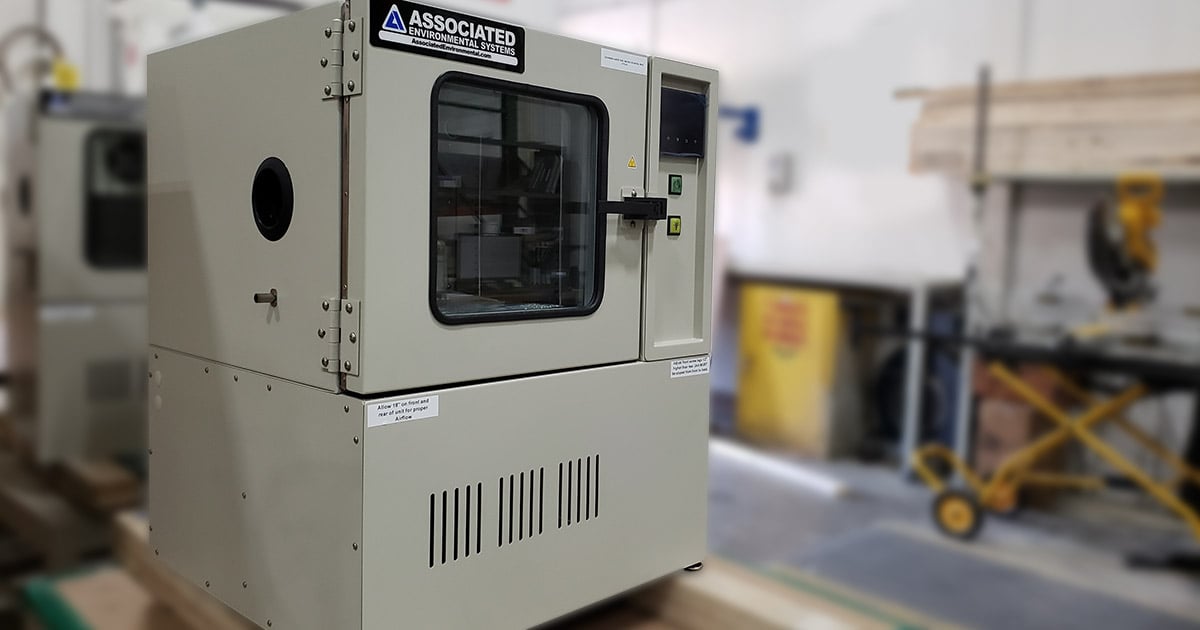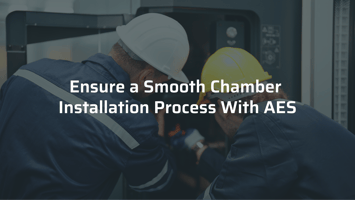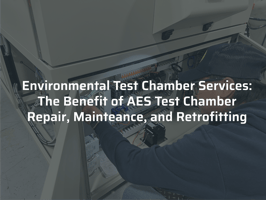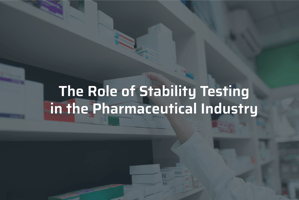Costs of Owning Environmental Test Chambers vs. Outsourcing

In developing new products and ensuring the best versions of them hit the market, you have the following testing options. You could rent a test chamber to meet a desired standard. You could purchase test chambers to expand your testing possibilities. You could also outsource testing to a third-party lab.
Some of the biggest companies in the world, as well as start-ups, choose the last option. Outsourcing allows you to focus on everything that goes into the products while letting experts handle the rigors of testing. It can, however, grow expensive quickly and requires you to pass off a certain level of control and assume risks.
Here’s what you need to know about outsourcing testing and deciding when it’s right for you.
When Should You Outsource Testing?
Deciding whether or not to outsource testing is a process. It’s not as simple as comparing rental rates, outsourcing rates, and the price tag on new test chambers and picking the option that best fits your budget. You also need to consider your testing requirements, the standards to which you’re testing, and available personnel to test safely and efficiently.
Companies that choose to outsource usually make the decision based on their in-house capabilities. They either don’t have test chambers to complete their desired tests (either in performance or size—remember that test chambers can range from benchtop models to drive-in rooms) or engineers on staff (or as contracted employees) to run them.
Rather than build out a testing department complete with top equipment, they simply outsource the testing.
Startups in the proof of concept stage fall into this category, although some well-established companies outsource their testing (it may be more convenient based on where they source their materials in general—i.e. an American company that relies on foreign resources or labs). Outsourcing rates vary lab to lab and test to test but typically cost around $1500 per day. That price tag adds up quickly, so it’s important to be as strict as possible on your end.
The main benefit to outsourcing, beyond the immediate gain of completed testing, is it allows you to focus on what you do best. You can spend time getting your products just right, branding, developing marketing initiatives, and maximizing your sales efforts while letting experts handle testing.
The downside of outsourcing is two-fold. First, risk does not transfer from you to the testing lab. For example, if a battery fails after it’s gone to market, the liability stays with you. You’ll handle all the legal recourse that comes with it, including insurance claims.
Second, and it’s somewhat related to the first point, you lose an element of control. Engineers will tell you how they plan to run the test and establish your testing profile for you (even if it doesn’t necessarily fit your product’s use case). If something goes awry, they’ll identify what went wrong but won’t necessarily rectify the problem.
In other words, you may require additional testing which quickly builds the cost. That’s why it’s so important to vet your options if you decide to outsource. Ask the right questions and, more crucially, make sure you optimize your internal processes to limit issues prior to sending out your products.
The Advantages of Owning Environmental Test Chambers
You’ve likely heard that time is money. It’s a cliche, but like all cliches, there’s an element of truth to it. For owning test chambers, the phrase pertains to control: You can test as often and as much as you want.
The more efficient you are with your testing (think of investing in higher ramp rates, for example, or purchasing two-three smaller chambers instead of one large one), the more resources you can allocate to other projects.
As a result, companies that develop their own labs have seen a strong return on investment, not to mention a leg up on their competition as they get their products to market quicker.
That’s a massive advantage over outsourcing (or renting), but it’s not a one-size-fits-all solution. As mentioned, your circumstances might still require some outsourcing. It’s not uncommon for labs to conduct certain testing internally and outsource testing that falls outside their capabilities.
There are additional costs to owning, as well: a maintenance plan that ensures your test chambers are consistently serviced and operating at full performance; an investment in personnel to get the most out of your testing; budgeting to allow for upgrades, retrofits, and replacement chambers as needed.
It comes down to having a plan. Communicate regularly with everyone on your team, assess your budget and lab space, and find a test chamber manufacturer that offers custom solutions and shares its expertise.
When you work with Associated Environmental Systems, you get all of the above as part of your partnership. AES customizes chambers and offers guidance on everything from lab layout to planned maintenance to ensure you get the most out of your purchase.
AES can even repair and service your existing chambers, regardless of the original manufacturer.
Purchasing a test chamber right now might not be right for you, but at least you can make an informed, educated decision to complete the testing you need.
Search our inventory or contact us to learn more about service and support.


